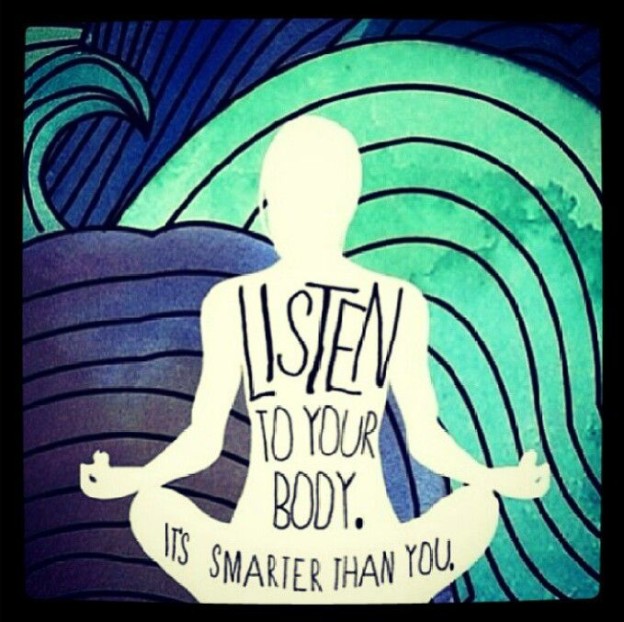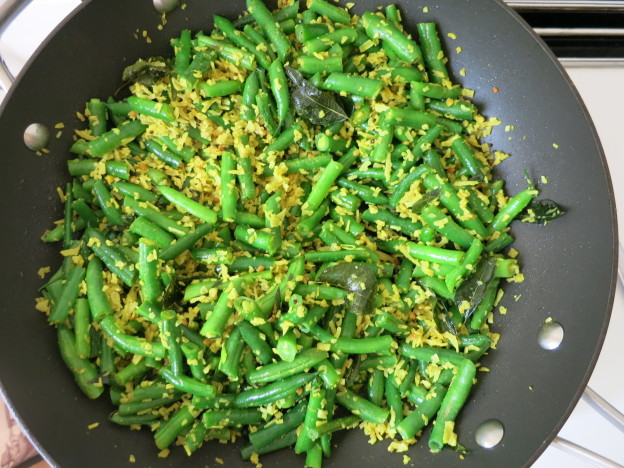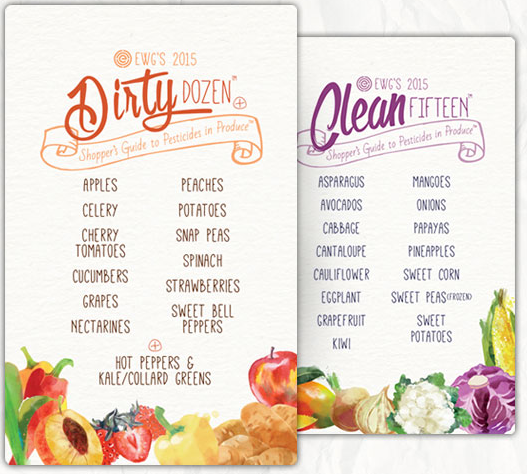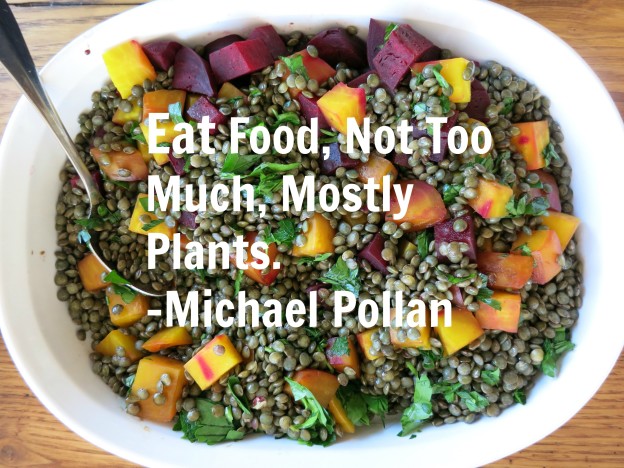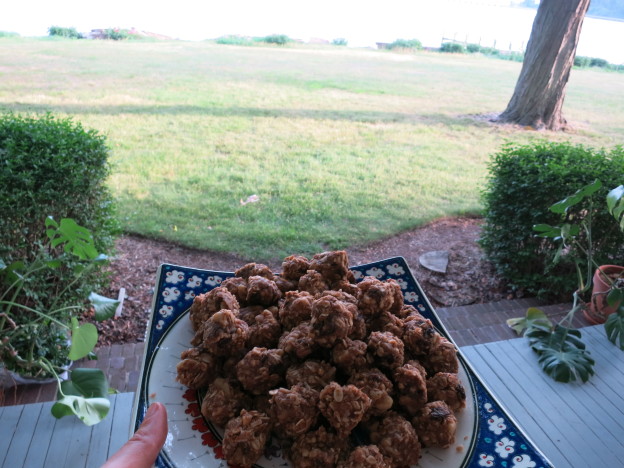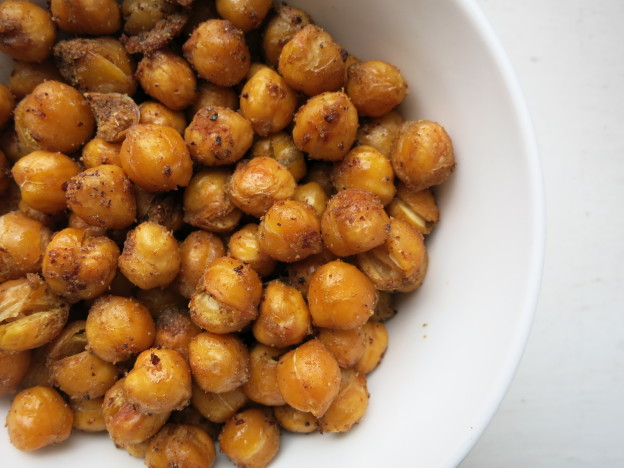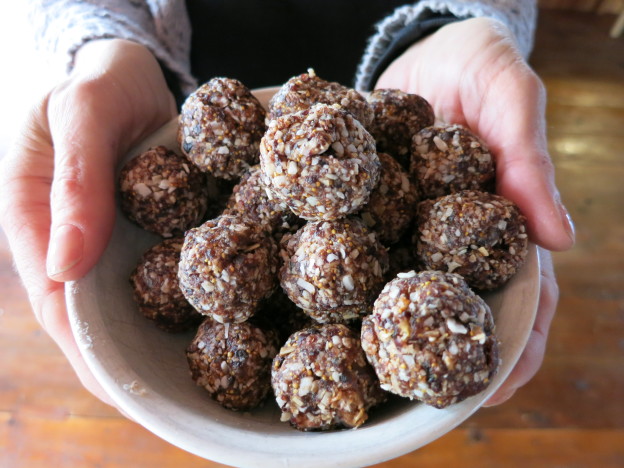In 2013, my dad forwarded me a beautiful email from inelia benz. The above image was in the email, along with these lines:
Pretend there was NO FEAR in your life.
What would you do different?
What would look different?
By pretending, we initiate a possible outcome in real life. Children do this naturally, and animals do to when they play. They pretend doing what they will need to do, or want to learn how to do, when they grow up.
By pretending, we put our hands into the field of infinite possibility that is the space between thoughts, and the area between particles in every atom. We bring forth something that did not exist in our minds before. By pretending, we give ourselves permission to bypass “what is real”, “what is possible”, and “what is doable”, and simply allow it to exist in our imagination, in our writing, in our drawings, in our games and in our conversations.
Imagine, pretend, write or draw, about a life without fear. YOUR life. What would it look like? What would you do?
Until that moment, I had never given myself conscious permission to imagine what I actually wanted in my life. I had a 5 year plan, and I was achieving everything I set out to achieve, but there was no fire in it. At that time, I was a director for a workforce development program in a homeless shelter here in NYC. After reading the email, I took a day off from work, something that was unthinkable for me at the time, and let myself imagine. I saw myself surrounded by people I love, hosting dinner parties and feeding people, spending time one on one with people who were struggling and providing them with love, warmth, and healing. I saw myself in a garden, growing and harvesting food. I saw lightness, laughter, joy and love.
I realized that where I was at the time was not in alignment with my vision, and I started researching. It was on that day that I decided to go to school for health coaching, and I started the process of creating my ideal job. It was so scary for me to leave what I knew. To leave security and routine, to “abandon” a job where people “needed” me. And, I did it anyway (not immediately, don’t worry, it was actually a year from the date that I did this exercise).
I want to share this with you because when I work with clients, I often observe that they do not have a clear vision for who they want to be. The details aren’t super important, but it is important to have a sense of what you’re living into. Otherwise, how do you take actions that bring you closer to who and where you want to be? It doesn’t have to be career related, relationship related, or about anything other than how you see yourself.
If you could create yourself however you desired, how would you see yourself in 5 years from now? What is your voice like? What image comes to mind? What are you wearing? What comes to mind when you see your future self? What do you do all day? Where do you live? What’s your life like?
Can you take a moment to stop what you are doing and really allow yourself to imagine? To give yourself permission to play dress up and play with what you want for yourself? It’s an act of rebellion, it’s scary, and it may just snap you out of whatever automatic way of living you’ve set up for yourself to stay safe and comfortable. And, that’s where the juiciness is.


